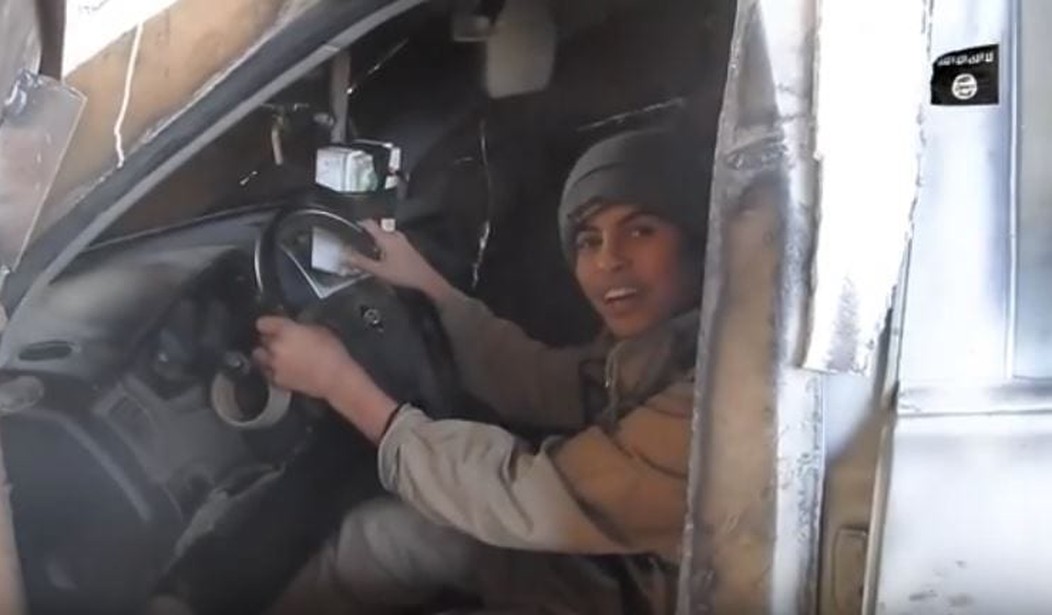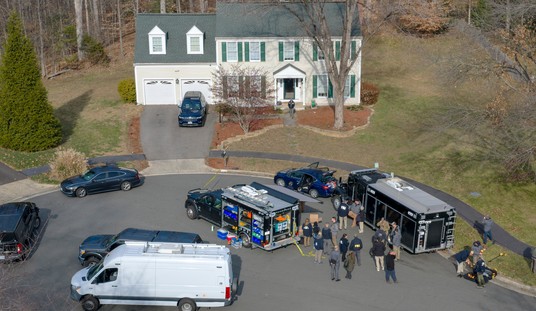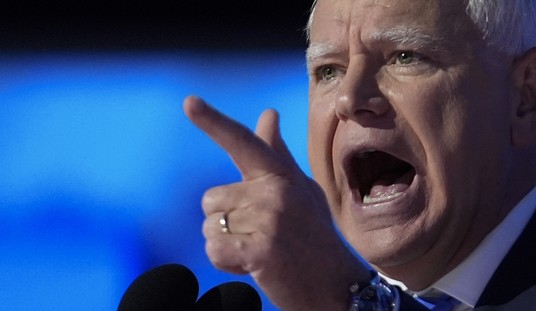ARLINGTON, Va. — ISIS jihadists in western Mosul are becoming increasingly hostile toward each other as self-proclaimed caliph Abu Bakr al-Baghdadi has been giving better equipment to foreign fighters, the spokesman for coalition operations said today.
Col. John Dorrian also told reporters via teleconference from Baghdad that ISIS is running out of their “Mad Max” suicide bombing machines, vehicles that are heavily fortified except for a small sliver for drivers to see out the windshield.
Dorrian said that, on the 25th day of the Iraqi-led operation to liberate the remaining part of Mosul on the west side of the Tigris, “momentum is clearly on the side of the Iraqi security forces who are imposing their will on ISIS, despite the tactics the enemy continues to employ in their efforts to keep Mosul in their grip.”
“They have fired indiscriminately into civilian areas, used human shields, and they continue to destroy a lot of the structures they occupy in the type of scorched-earth attacks that we’ve seen in other areas that they’ve held,” he said.
“It’s not working for them, and although there will be tough fighting in the days ahead, it’s just a matter of time until all of Mosul is free and stability operations can gather momentum throughout the city.”
The eastern part of the city has already been liberated and is being held by Iraqi military and federal police. The western part is smaller, yet more densely populated and includes Mosul’s old city:
#Mosul map update.
Green= liberated and under #Iraqi forces control.
Orange= frontline clashes.
White= #ISIS controlled areas. pic.twitter.com/zyQom3Uzmz— Iraqi Day (@iraqi_day) March 15, 2017
Dorrian said ISIS has used fewer car bombs in the western Mosul campaign than they did in the eastern part of the city.
“Number one, the types of [vehicle-borne improvised explosive devices] that the enemy is able to use is different, because they’ve expended a lot of the heavily machined Mad Max-style vehicles that they were using on the east. And then more than 200 of them have been destroyed by coalition airpower,” he said.
“There are also reasons that makes it kinda difficult for them to use those in some parts of the city, because some parts of the older part of the city, the streets are so narrow that they’re not able to really maneuver those as capably as they could in other parts of the city.”
The colonel said coalition forces have “done a lot of terrain-denial strikes, where we have cratered roads between the Iraqi Security Forces as they advance and then open areas where VBIEDs might be able to come out.”
“So that has also been a formula that helped very much on the eastern side of the city, and it continues to be very effective on the west side,” he added.
Dorrian said forces have encountered “a lot of foreign fighters, and there has been tension between the foreign fighters in some cases and the fighters that are from Iraq, particularly in Mosul, because Abu Bakr al-Baghdadi has essentially provided a little bit more power to some of the foreign fighters because he knows they’re in no position to leave, because they’ll be found and screened as they try to escape the city.”
“This has been a source of tension among the enemy, and we expect that to continue because as things continue to devolve for them, as they continue to lose momentum, we do see them turning on each other in some cases,” he added. “…This is a calling card or a very typical thing for ISIS fighters to do. It works very well for us because it saves our partner force the trouble of fighting them.”
The spokesman called the number of foreign fighters left “significant,” but didn’t have a percentage of how much of the ISIS force they are.









Join the conversation as a VIP Member